Role of Threat Intelligence in Proactive Defense Strategies
Organizations worldwide increasingly recognize that traditional reactive cybersecurity approaches are no longer sufficient to combat sophisticated cyber threats. A comprehensive analysis of current industry practices reveals that threat intelligence has become the cornerstone of effective proactive defense strategies, enabling organizations to anticipate, prepare for, and prevent attacks before they cause significant damage. This shift represents […] The post Role of Threat Intelligence in Proactive Defense Strategies appeared first on Cyber Security News.

Organizations worldwide increasingly recognize that traditional reactive cybersecurity approaches are no longer sufficient to combat sophisticated cyber threats.
A comprehensive analysis of current industry practices reveals that threat intelligence has become the cornerstone of effective proactive defense strategies, enabling organizations to anticipate, prepare for, and prevent attacks before they cause significant damage.
This shift represents a fundamental transformation in how businesses approach cybersecurity, moving from firefighting mode to strategic prevention through data-driven insights and predictive capabilities.
The Evolution from Reactive to Proactive Security
The cybersecurity landscape has witnessed a paradigmatic shift as organizations embrace proactive defense methodologies powered by threat intelligence.
Unlike traditional security measures, which respond to attacks after they occur, proactive cyber defense involves anticipating opposing attacks through cyber and cognitive domains.
This approach includes interdicting, disrupting, or deterring threats pre-emptively or in self-defense, representing a fundamental change in organizational security posture.
Threat intelligence is the foundation for this transformation by providing evidence-based knowledge that offers context, mechanisms, indicators, and action-oriented advice on existing and emerging threats.
This intelligence transforms raw data into actionable insights, enabling security teams to make informed, data-driven decisions rather than relying on reactive measures alone.
The process involves collecting, processing, and analyzing data to understand threat actors’ motives, targets, and attack methods, providing organizations with the foresight needed to strengthen their defenses proactively.
Strategic Implementation Across Multiple Intelligence Types
Modern threat intelligence programs operate across four distinct but interconnected levels, each serving specific organizational needs.
Strategic threat intelligence provides high-level insights for executive decision-makers, focusing on broad trends and overall security landscapes that inform long-term security investments and policies.
Tactical intelligence delivers specific details about tactics, techniques, and procedures used by threat actors, enabling security teams to understand and counter specific attack methodologies.
Operational intelligence focuses on knowledge about specific attacks, campaigns, or threat actors, providing real-time insights into ongoing threats and emerging attack vectors.
Technical intelligence encompasses indicators of compromise such as IP addresses, domains, and malware hashes that can be directly integrated into security tools for automated detection and response.
This multi-layered approach ensures that threat intelligence addresses needs across all organizational levels, from executive strategy to tactical implementation.
Integration with Advanced Security Technologies
The effectiveness of threat intelligence in proactive defense strategies is significantly amplified through integration with modern security technologies.
Security Information and Event Management platforms and threat intelligence create potent synergies that enhance detection capabilities and reduce response times.
Real-time threat intelligence feeds help security teams recognize emerging threats with contextual insight into adversaries’ tactics, techniques, and procedures, enabling more accurate threat detection and faster incident response.
Advanced threat hunting methodologies represent another critical component of proactive defense. They utilize threat intelligence to search proactively for threats that may have evaded traditional security measures.
Threat hunters assume that adversaries are already present in systems and initiate investigations to find unusual behavior that may indicate malicious activity.
This approach, powered by comprehensive threat intelligence, can accelerate threat detection by more than 20 times compared to traditional methods.
Predictive Capabilities and Future-Ready Defense
The most advanced implementations of threat intelligence in proactive defense strategies now incorporate predictive capabilities powered by artificial intelligence and machine learning technologies.
Predictive threat intelligence analyzes past cyber incidents, identifies attack patterns, and forecasts possible vulnerabilities, enabling organizations to anticipate threats before they materialize.
This approach represents the cutting edge of proactive cybersecurity, allowing security teams to move beyond reactive measures and strategic planning into actual predictive defense.
Real-time threat intelligence platforms demonstrate remarkable effectiveness, with implementations capable of reducing attack success rates by more than 97%.
These systems provide live feeds and alerts illustrating active threats and current security incidents, enabling immediate action before threats can cause irreversible harm or provide attackers with system access.
Industry Adoption and Economic Impact
The growing recognition of threat intelligence value is reflected in increased organizational investments and adoption rates across industries.
Modern organizations are increasingly planning to invest more in threat intelligence capabilities, as they recognize the substantial economic benefits of proactive defense strategies.
The average data breach costs organizations USD 4.88 million, with detection and escalation accounting for USD 1.63 million. Threat intelligence programs significantly reduce these costs by enabling faster detection and prevention of successful attacks.
Conclusion
As cyber threats evolve in sophistication and frequency, threat intelligence has become indispensable to effective proactive defense strategies.
Integrating strategic, tactical, operational, and technical intelligence with advanced security technologies creates comprehensive defense ecosystems capable of anticipating and preventing attacks before they occur.
Organizations that successfully implement these proactive approaches position themselves to stay ahead of cyber adversaries while significantly reducing the likelihood and impact of successful attacks.
The future of cybersecurity lies not in reactive measures but in the intelligent anticipation and prevention of threats through data-driven, proactive defense strategies powered by comprehensive threat intelligence.
The post Role of Threat Intelligence in Proactive Defense Strategies appeared first on Cyber Security News.





































































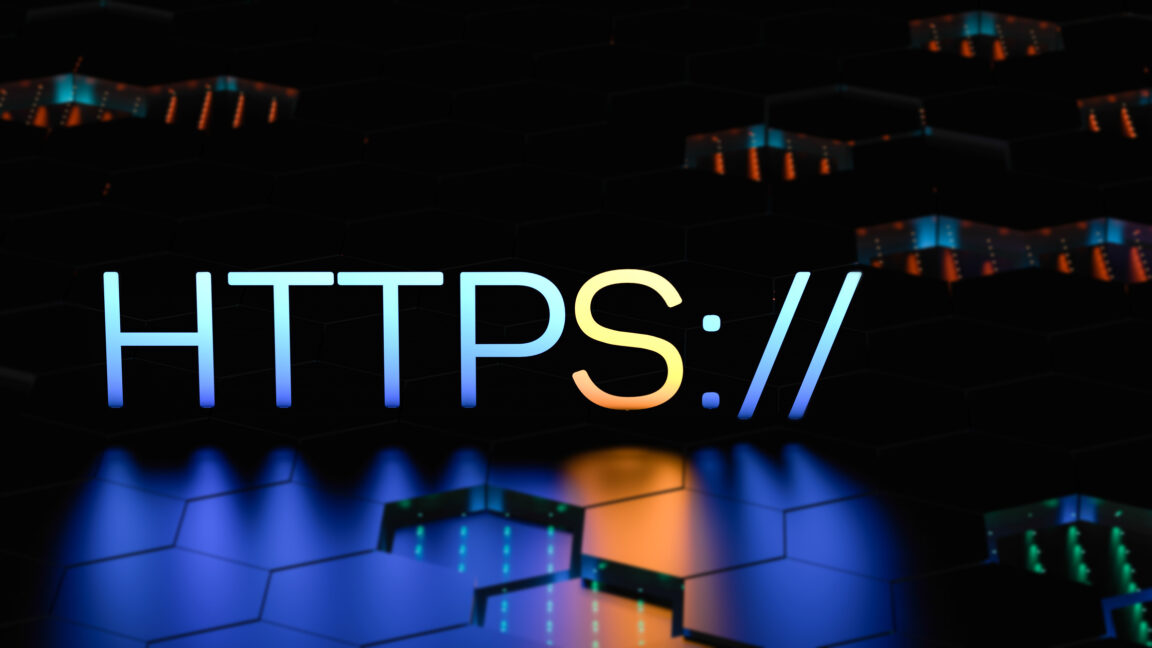









































































































![[The AI Show Episode 151]: Anthropic CEO: AI Will Destroy 50% of Entry-Level Jobs, Veo 3’s Scary Lifelike Videos, Meta Aims to Fully Automate Ads & Perplexity’s Burning Cash](https://www.marketingaiinstitute.com/hubfs/ep%20151%20cover.png)

























































































































![[DEALS] FileJump 2TB Cloud Storage: Lifetime Subscription (85% off) & Other Deals Up To 98% Off – Offers End Soon!](https://www.javacodegeeks.com/wp-content/uploads/2012/12/jcg-logo.jpg)







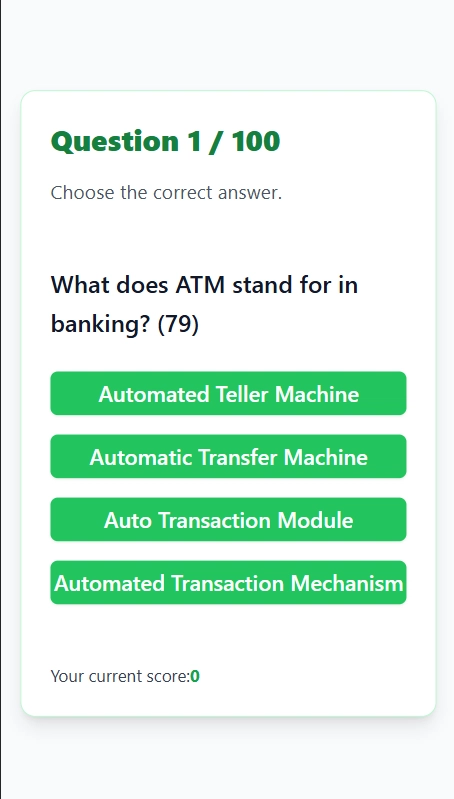






































































































































_Suriya_Phosri_Alamy.jpg?width=1280&auto=webp&quality=80&disable=upscale#)











































































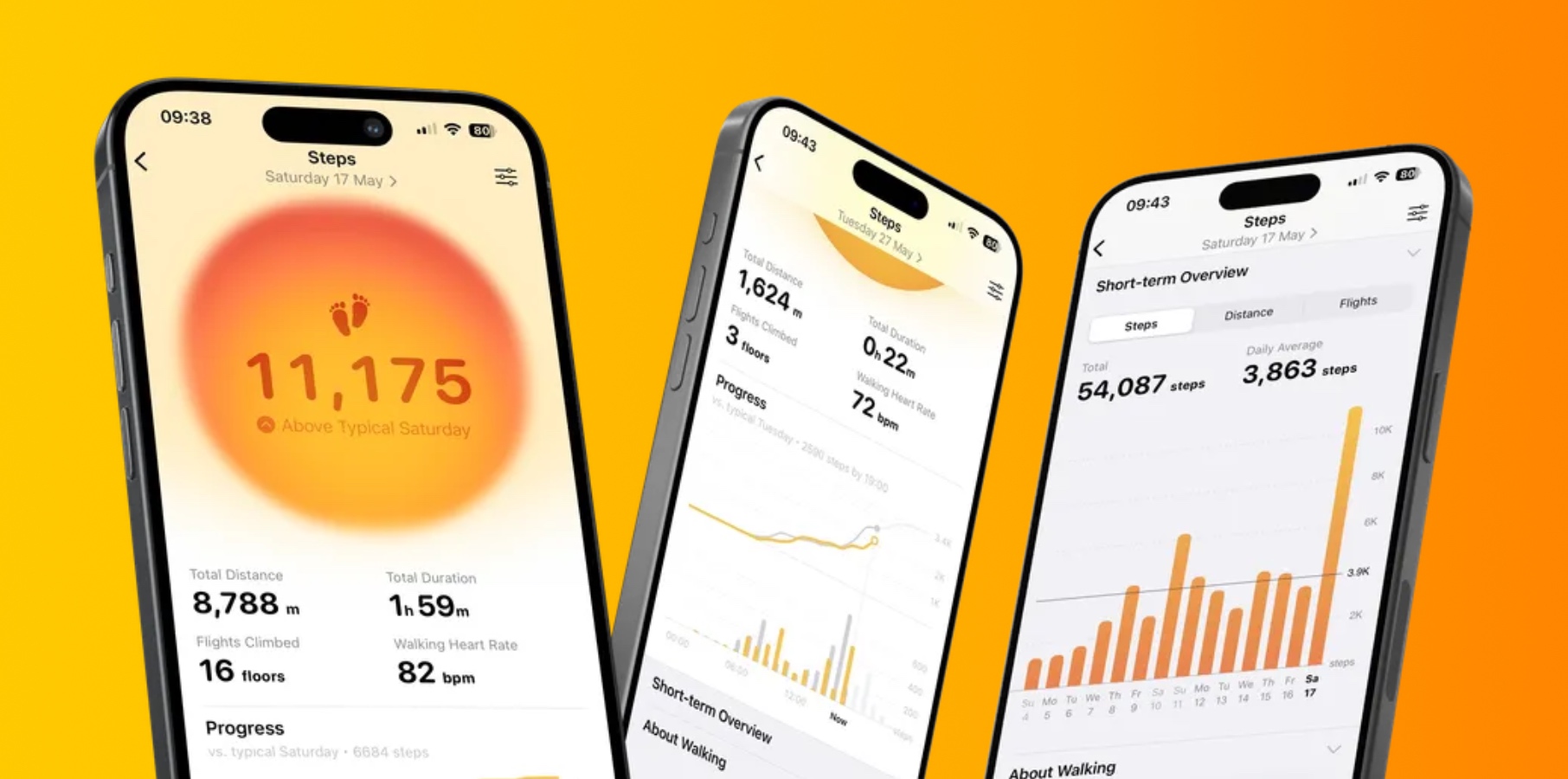
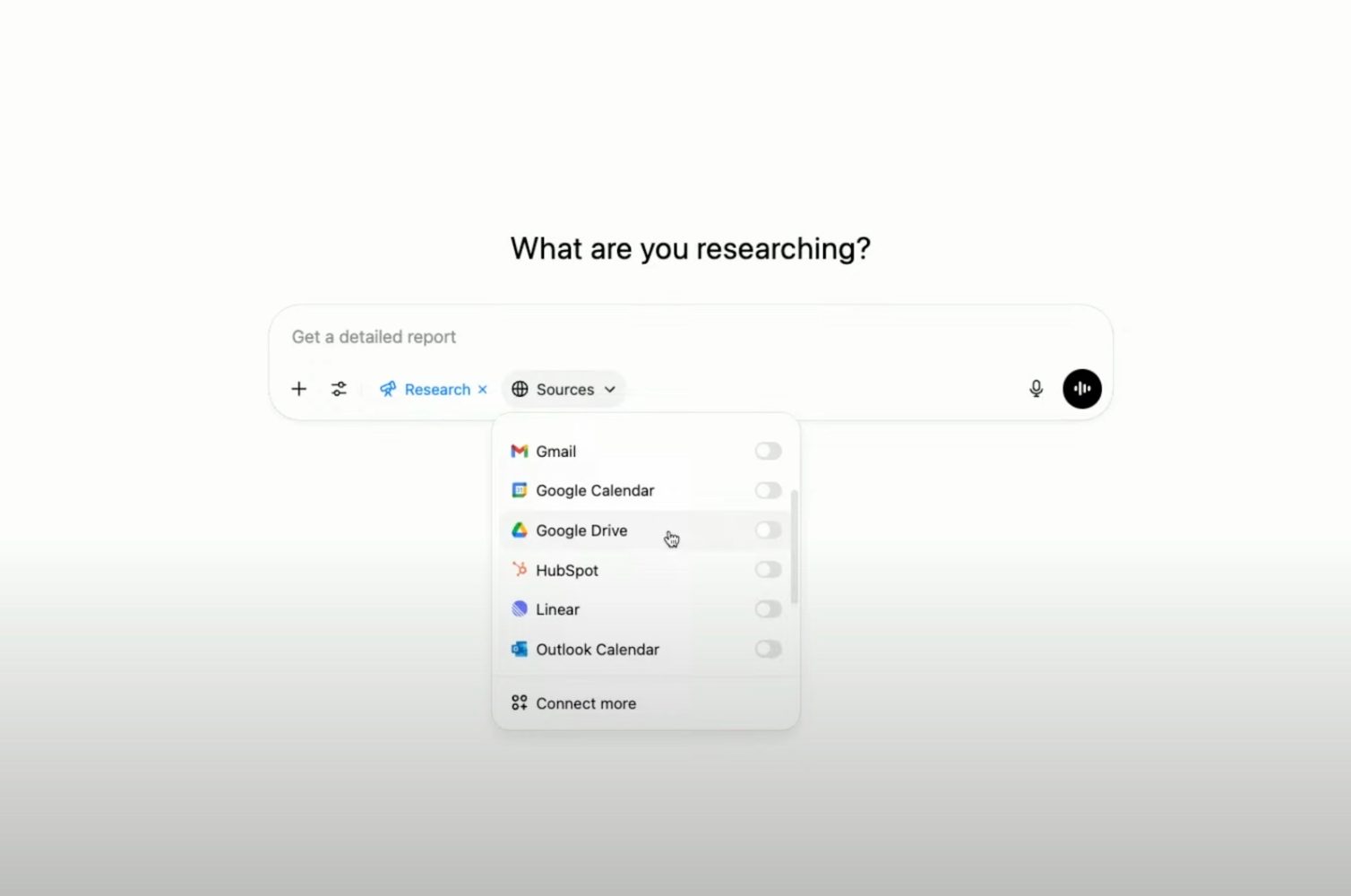

















![Epic Games: Apple’s attempt to pause App Store antitrust order fails [U]](https://i0.wp.com/9to5mac.com/wp-content/uploads/sites/6/2025/05/epic-games-app-store.jpg?resize=1200%2C628&quality=82&strip=all&ssl=1)






![Does the Galaxy Watch 8 ‘squircle’ design appeal to you? [Poll]](https://i0.wp.com/9to5google.com/wp-content/uploads/sites/4/2025/05/galaxy-watch-8-classic-render-leak-3.jpg?resize=1200%2C628&quality=82&strip=all&ssl=1)


































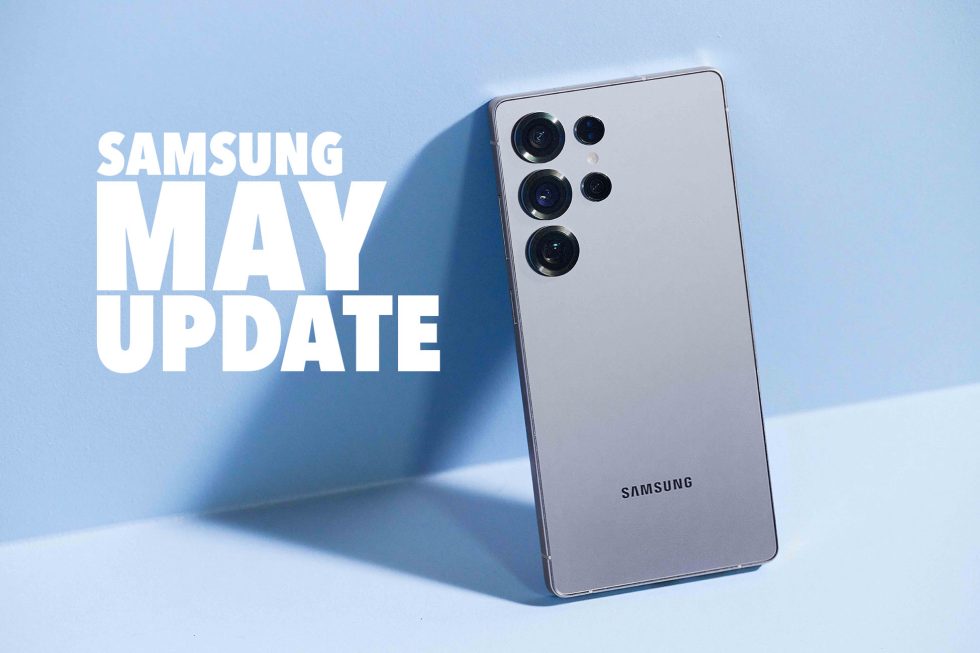






![[UPDATED] New Android Trojan Can Fake Contacts to Scam You — Meet Crocodilus](https://www.androidheadlines.com/wp-content/uploads/2022/12/Android-malware-image-1.jpg)



















![T-Mobile may be misleading customers into spending more with new switch offer [UPDATED]](https://m-cdn.phonearena.com/images/article/171029-two/T-Mobile-may-be-misleading-customers-into-spending-more-with-new-switch-offer-UPDATED.jpg?#)




















.webp?#)
